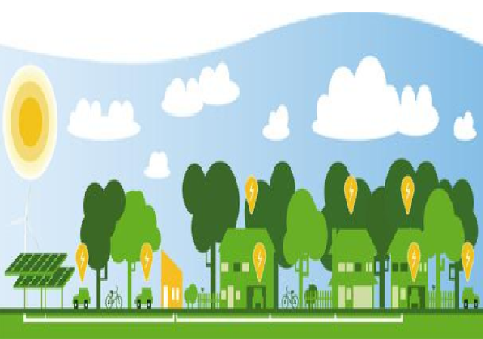
One of the key challenges is the update and development of energy network transforming this kind of network in modern smartgrids. Today's energy networks are primarily based on large central power stations with one way power flow from the network to the passive consumer. In the future energy networks need to become “smarter”. Smart energy network will be more resilient and will be able to avoid blackouts. They will allow significant savings in energy with better interconnections and enable an active role for consumers. In addition, Smart energy networks will increase the use of renewable energy resources by better integrating them.
The re-engineering process from current networks to smart energy networks encompasses a complex range of issues covering market design, organizational, regulatory and technical issues. Todays we need to develop new technologies which will make possible transmission and distribution networks stronger and smarter. This mean enriching the networks with information technologies such as sensors, digital meters and a communication network. One of the challenges that we must adopt is try to decrease the energy storage costs with the target to address to a low-carbon energy systems, trying to reduce greenhouse gas emissions obtaining a clean, secure and efficient energy system. Also, the smartgrids development must be provide a flexible consumer and production technologies that can help shape an electricity grid with a high security of supply.
Bibliography and interesting links:

